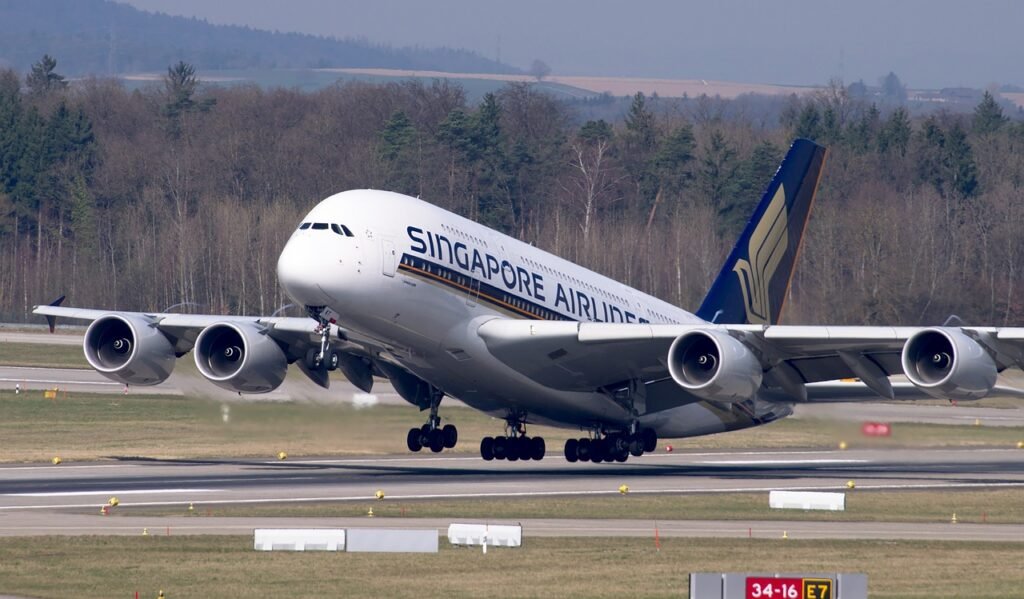Selecting the appropriate airline ticket might frequently seem like a challenging process. With so many alternatives, it can be difficult to sort through them all and decide which airline will best meet your needs. There are other things to take into account, including as the airline’s reputation, amenities, and price. This is a guide to assist you in choosing the best airline for your trip and navigating this difficult decision-making process.

The Dilemma of Choice: Why It’s So Confusing
Abundance of Options:
There are plenty of options available to travelers, with over 700 airlines operating worldwide. It is challenging to make fair comparisons between airlines because they all provide distinct routes, costs, and services.
Variety of Criteria:
Travelers frequently prioritize different things, including price, length of travel, layover periods, baggage regulations, in-flight facilities, and reward programs. Keeping all of these things in balance might be difficult.
Fluctuating Prices:
The cost of an airline ticket can vary significantly depending on the season, demand, and time of purchase. Confusion increases since what appears to be a good offer one day might not be the next.
Mixed Reviews:
Online ratings and reviews are not always reliable. It’s challenging to base decisions only on reviews because what one traveler considers to be an amazing experience may be viewed as poor by another.
Tips for Selecting the Best Airline
1. Prioritize Your Needs:
Decide what matters most to you. Is it the cost, the quickest route, the liberal baggage allowance, or maybe the in-flight entertainment? Setting priorities makes it easier to reduce your alternatives.
2. Compare and Contrast:
Make use of comparison sites such as Google Flights, Leviamice, Skyscanner, and Kayak. These comparison tools let you evaluate different airlines according to a range of criteria, including cost, length of travel, and layovers.
3. Check Airline Ratings:
Analyse airline reviews and ratings on websites that provide airline reviews, TripAdvisor, and Skytrax. Pay attention to evaluations that specifically address issues that are important to you, such as timeliness or customer service, as well as overall ratings.

4. Consider the Total Cost:
Occasionally, a less expensive ticket may wind up costing more when additional costs for checked baggage, preferred seating, and in-flight meals are taken into account. Don’t forget to factor in the whole cost of your trip.
5. Look at Loyalty Programs:
Think about flying with airlines that have robust reward programs if you travel often. Miles accrued can result in substantial future benefits and savings.
6. Evaluate Safety Records:
The first priority ought to be safety. To make sure an airline has a solid safety record, check its ratings on websites such as AirlineRatings.com.
7. Assess Connectivity and Convenience:
In general, direct flights are more convenient than ones that have layovers. If you have to have a layover, think about the facilities and standard of living of the connecting airport.
8. Flexibility in Booking:
Select airlines with flexible booking procedures, particularly if you expect your itinerary to change. Seek for choices that permit free modifications or cancellations inside a predetermined time frame.
9. In-Flight Amenities:
In-flight facilities like Wi-Fi, entertainment systems, food, and comfortable seats become increasingly crucial during extended flights. Before choosing an airline, check out what it has to offer.
10. Customer Service:
Excellent customer service may have a big impact, particularly when problems happen. Examine the airline’s response to grievances and questions from customers.

In a nutshell
It can be difficult to choose the best airline, but you can make an informed choice if you prioritize your demands and use the appropriate tools and techniques. Keep in mind that an individual’s preferred airline may not be the greatest option for another. It all comes down to what is most important to you along the way. Have fun taking off!
